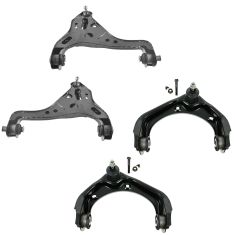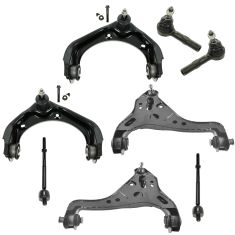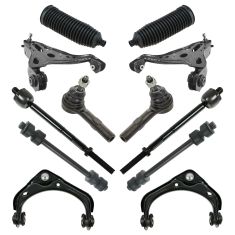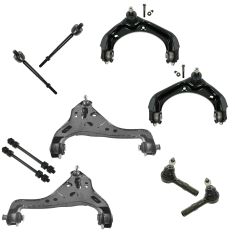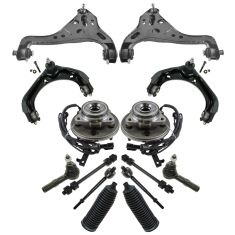1ASFK00540-Ford Mercury Front Driver & Passenger Side Lower 2 Piece Control Arm with Ball Joint Set TRQ PSA62247
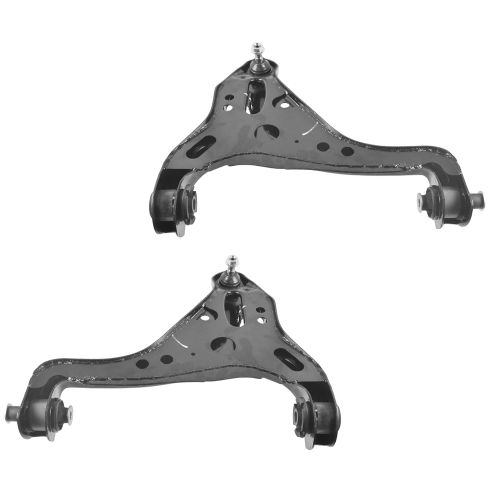
Replaces
2006 Ford Explorer Front Driver & Passenger Side Lower 2 Piece Control Arm with Ball Joint Set TRQ PSA62247

Product Reviews
Loading reviews
5.00/ 5.0
2
2 reviews
2006 FORD EXPLORER
July 11, 2018
I am really happy with my purchase from 1A auto. It was exactly how they said, new and a perfect fit and there were no issues with the wheel alignment after. I have been using 1A since my very first purchase since there has never been a problem. Good luck with your next project.
Great replacement
March 19, 2020
This product has been a great addition in replacement of my worn out suspension. You never notice how bad it is until you put new parts on.
Customer Q&A
Will these fit 4wd vehicles?
October 14, 2019
10
Thank you for the inquriy. These will be the same for 4WD and 2WD between the years of 06-10 for the Explorer and Mountaineer and 07-10 for the Explorer Sport Trac.
October 15, 2019
Curtis L
?I just need to know if this is going to fix to 2008 Ford Explorer 8v?
April 2, 2022
10
Yes, this part will fit your vehicle.
April 4, 2022
Emma 1
Ford is a registered trademark of Ford Motor Company. 1A Auto is not affiliated with or sponsored by Ford or Ford Motor Company.
See all trademarks.






